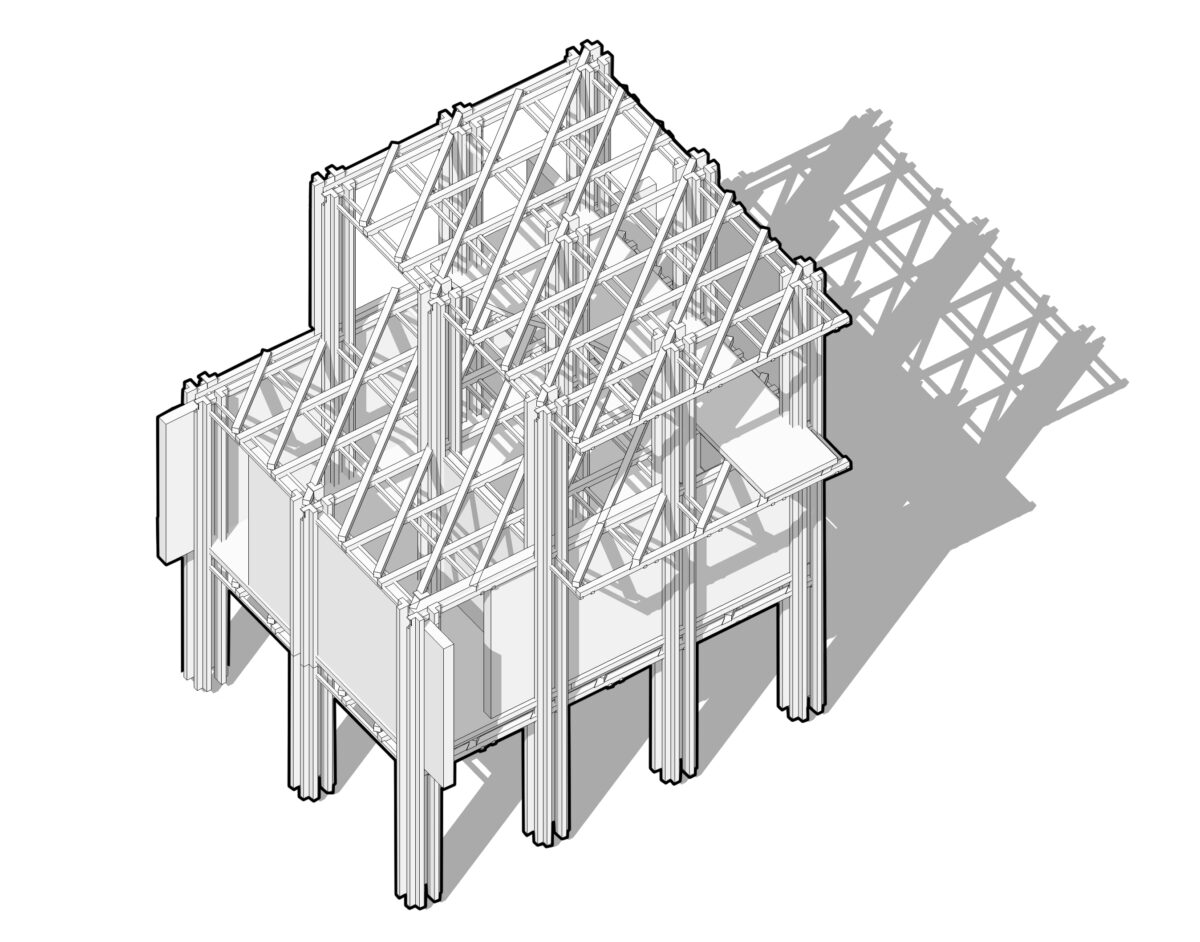In this master dissertation, the upgrading of public housing in Chicago is focused. Under the efficient operation of glamorous metropolitan Chicago, there are still some areas which are under bad conditions with severe poverty and high crime rate, people living there suffered from painful experience, especially the urban disadvantaged. At present, for most public housing cases in Chicago, people are living individually next to each other (or living in an apartment) and are not able to help each other. Based on the case study of Cabrini-Green Homes, a new kind of typology of housing is proposed, not only to provide a place to stay, but to help the people who are in difficult circumstances get access to the right to the city from the source.In the project, a kind of common space is introduced by a new kind of way of space organization which is inspired by Mies’s fluid space. By the “connection” of the backyards, a new space relationship of the opposite two housing (or the two rows of housing) is created. The “fluid common space” creates a relationship of “independent and connected” of the opposite two households. The creation of the common space involves different people who are in difficult circumstances living together with the normal families. A new community arises.As a result, the interaction between neighbors has increased. The urban disadvantaged, such as single moms, the elderly and children, has been more cared. A sense of community has been built. The people who are in difficult circumstances can truly feel a sense of belonging to the city, which is of great benefit for the urban disadvantaged to get rid of problems and get access to the right to city. For them, it’s not only a shelter, but a home… a real community…

